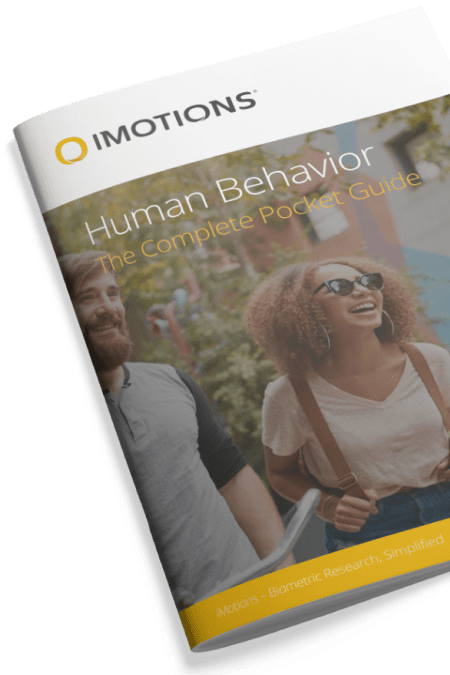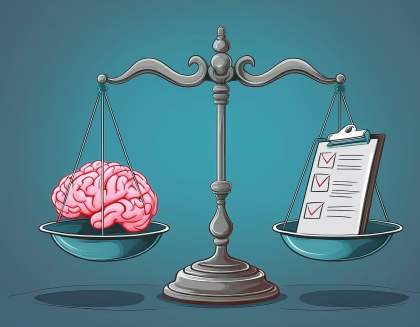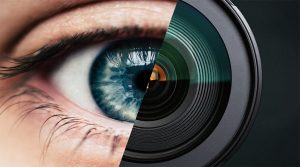Neurogastronomy explores the multisensory experience of eating, focusing not only on the taste and smell of the food, but how it looks on the plate, what it sounds while you’re chewing and how it feels in your mouth while eating. Neurogastronomy also considers how your environment, culture and emotions affect eating behavior. This is crucial for understanding how our multisensory perception and experiences affects our appetite regulation, and food intake. Awareness of these influences can improve patient care and weight control. In this blog, we share ideas of how biosensors and multimodal methods can strengthen neurogastronomy research.
Table of Contents
Neurogastronomy research has given us a better understanding of eating behavior.
Neurogastronomy is a field of research that explores the multisensory experience of eating including our understanding of flavor. Flavor is a multisensory phenomenon that extends beyond tasting. It engages our sense of smell, sight, touch, and even sound, and this complex interplay shapes our perception of food. Aromas can evoke memories, leaving us nostalgic or even disgusted.
Vibrant colors guide us to perceive fruits as ripe and sweet and desserts as artistic and whimsical. The crunching sound of crisp vegetables paired with vibrant colors leads us to expect freshness and quality. The sizzle of meat combined with visible grill marks can enhance our anticipation. If you’re interested in how different senses play into our perception of food, check out our blog on the Science of Taste. Flavor stimulates our senses and plays a crucial role in driving appetite.

Neurogastronomy research often isolates senses to see how that sense contributes to the overall experience. This could be seeing the same dessert plated differently and asking people which plating option they prefer. VR is also used in neurogastronomy, to see how changing the appearance of food affects participants. One study showed that people will report coffee as tasting more creamy when it appears lighter even though no cream was added.
Neurogastronomy experiments typically explore one sense as a time to see how it affects overall experience. In the end, study participants make choices or give feedback on their experience via questionnaire and self-report. Given that eating experiences are made up of nearly all of our senses and that most of us only think of taste (and maybe smell) , asking study participants about their experience is not likely to give a complete picture.
Multisensory research needs Multimodal methods.
Biosensors provide more nuanced insights with psychophysiological responses because they capture implicit reactions that study participants may not be aware of.
Eye tracking shows what study participants are paying attention to in real time. Study participants can struggle to accurately report which option first caught their attention, they report what they remember noticing first. With eye tracking metrics like time to first fixation, revisits, dwell time, researchers can determine which option they noticed first, how many times they looked at each option and for how long. Gaze maps allow researchers to understand how individuals’ visual attention shifted during the experience. For more information about different types of eye tracking technologies download our eye tracking guide.
Eye Tracking Glasses
The Complete Pocket Guide
- 35 pages of comprehensive eye tracking material
- Technical overview of hardware
- Learn how to take your research to the next level
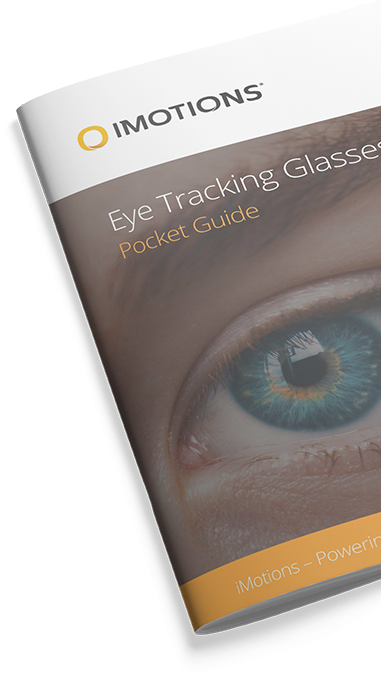
Measurements of heart rate, respiration rates, and skin conductance can be used to understand how participants feel during their experience. One study showed that playing music while viewing food, affects appetite depending on if the individual likes the music. They found that skin conductance and respiration were positively correlated with hunger and negatively correlated with enjoyment.
Heart rate also had a strong correlation with hunger and enjoyment but the opposite direction. Without these psychophysiological measures, a study like this would have needed to rely on self report of hunger and enjoyment. Having these additional metrics make it easier to quantify these reactions and do not rely on participants having strong self-awareness.
Applying psychophysiological measurement tools with neurogastronomy research opens possibilities to understand our nonconscious eating experience, which also affects our eating behavior.
Applied research: from restaurants to hospitals.
Early neurogastronomy created new collaborations between sensory scientists and chefs who wanted to better understand how to improve dining experiences. Restaurants are careful in choosing how their food is served because it influences eating behavior and expectations. Loud places tend to make people eat faster while quieter places invite patrons to linger and perhaps have another drink.
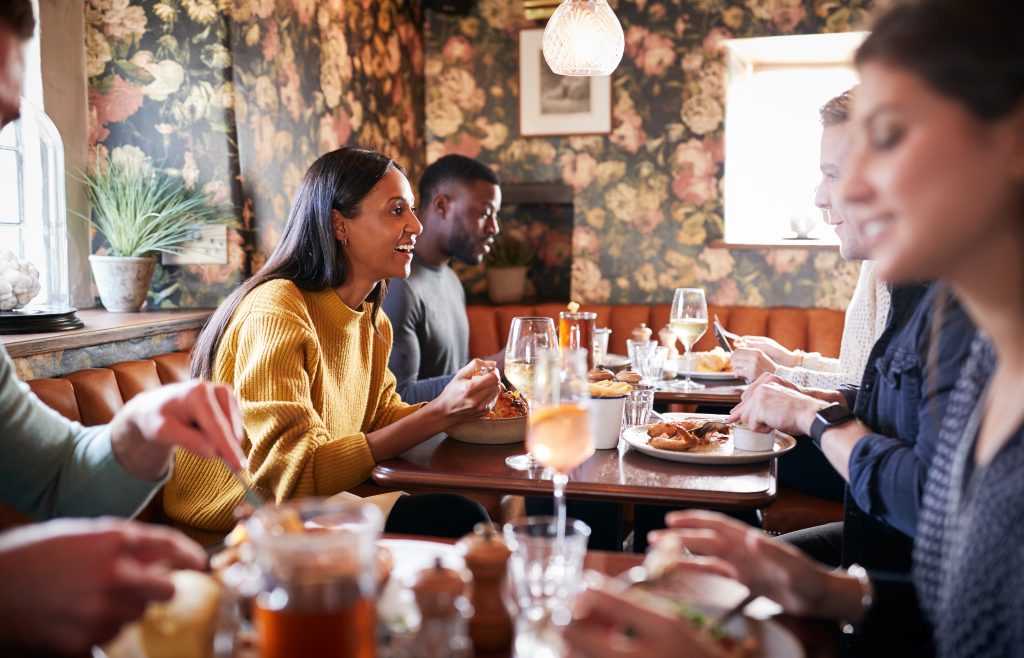
Plating influences how fast people consume food and how much they expect to pay. Restaurants are interested in creating a certain experience whether that be a long, luxurious, fine dining experience or a quick bite on your way from A to B. Neurogastronomy helped chefs understand how the various senses contributed to eating behavior and appetite, insights that are now being leveraged by healthcare providers.
Appetite, our desire for food, has a strong effect on our eating behavior and it is not always aligned with our sensation of hunger. Beyond the multisensory experience of flavor, neurogastronomy also considers how our environment, culture, emotions, and memories which also shape our eating experience and appetite. Understanding how we decide what to eat and how much to eat has major implications for our health.
Understanding appetite regulation, both how to enhance and suppress appetite, can improve quality of life and physical health. Researchers are using strategies similar to restaurants to help patients with altered sense of taste and smell maintain a healthy appetite by focusing on how they perceive food.
During the COVID pandemic, many people lost their sense of smell (at least temporarily), which affected their perception of food. Taste and smell are critical to our sense of flavor and can be affected by viral infections, chemotherapy, degenerative brain disorders, and brain injuries. Neurogastronomy research combined with biosensors can help identify external factors that could be optimized to enhance appetite during recovery.
Additionally, healthcare professionals are using neurogastronomy insights to help people control their appetite. With the explosion of people taking medicine for appetite suppression (Wegovy, etc.), limited information about the long term effects, and frequent weight rebound when people stop taking the drugs, now is a critical time to research multiple strategies for appetite control.
Neurogastronomy investigates what we find appetizing, which can help us make better food choices and influence how much we eat. Biosensors can enhance that research, allowing us to understand how people struggling with weight may perceive food differently, influencing their eating behavior.
Conclusion
Neurogastronomy’s multisensory approach to understanding eating behavior offers significant potential for improving both dining experiences and healthcare. By combining traditional sensory research with advanced technologies like eye-tracking and other biosensors, we can gain a deeper understanding of implicit reactions to food, paving the way for more effective strategies to regulate appetite and improve the overall quality of life for individuals facing challenges with food intake, such as those recovering from illness or managing weight.
Future research should focus on integrating these insights into practical applications, from designing more appealing and satisfying meals to developing personalized interventions for appetite regulation.
Free 52-page Human Behavior Guide
For Beginners and Intermediates
- Get accessible and comprehensive walkthrough
- Valuable human behavior research insight
- Learn how to take your research to the next level
